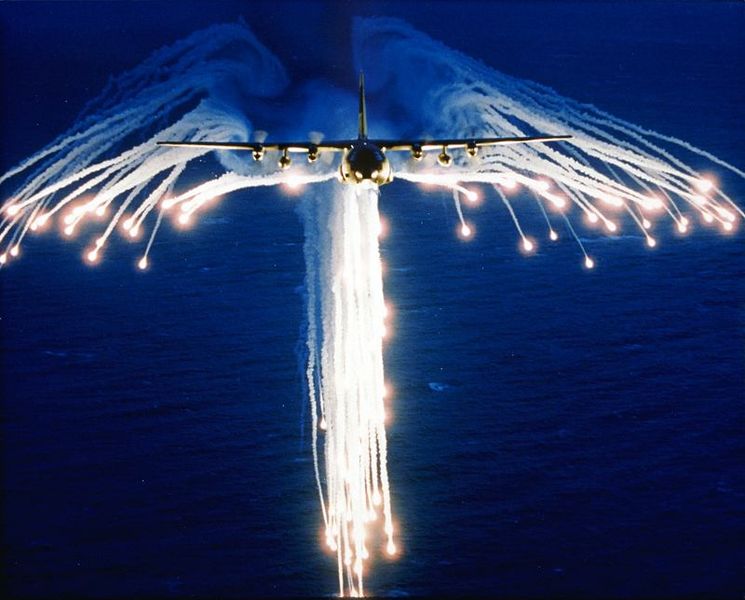Thanks for the Lift
Riding on a Marine Corps C-130 in Iraq had its risks, not all of them expected
/https://tf-cmsv2-smithsonianmag-media.s3.amazonaws.com/filer/f9/46/f94633a1-628c-4256-bc1c-c2ec69865690/20120803081015c-130-1.jpg)
U.S. Air Force officer Brian Castner spent three tours of duty in the Middle East, two of them leading a bomb disposal unit in Iraq. In his superb memoir The Long Walk (Doubleday, 2012) he describes hitching a ride to a forward operating base on a Marine Corps C-130 Hercules:
On approach and landing one night at a postage stamp of an airfield, we started to take incoming fire. This is less obvious than one might think. With no windows or flight plan for reference, the cargo hold becomes a timeless vibrating barrel. The only indication of landing is an odd gravitational sensation as the pilot edges the nose down, banks to the left, points a wing tip toward the airfield below, and begins the corkscrew descent. The shaking increases alarmingly as your back presses into your seat and your heart rises into your throat. The engineers in the tail grab their night-vision goggles and take their positions in the sling seats at the two porthole-like back windows, hands around the flare-ejection triggers, looking for the hot-motor flashes of incoming heat-seeking missiles. Blinding-white flares are the only defense a wallowing C-130 has against smart and agile surface-to-air missiles.
I only knew we were taking missile fire because the engineers began to thumb their buttons furiously, and suddenly daylight shone through their windows, lighting up the entire back of the aircraft. Seconds later we slammed onto the runway, jolted up and forward, and the engines screamed in reverse to bring the bird to an almost immediate stop. The ramp went down, in the middle of the runway where we had come to a halt, and the engineers screamed for everyone to get off.
I grabbed my pack and rifle and ran off the plane into the waiting hot night oven. Down the ramp and onto the runway, where the engineers were already ahead of us, not waiting to see if the disoriented passengers could find their way. The airfield was completely blacked out, so as not to provide a tempting target for rocket attacks, but incongruously there was light all over the runway: the flares and flare canisters kicked out of the plane by the engineers as we were only a few feet off the ground had ricocheted, angrily skipping down the tarmac, burning all over the infield. I ran across the concrete and turned to look back at the aircraft, expecting to see engines on fire.
Instead, the pilot threw the emergency engine stop at that moment. The emergency cutoff kills all engine activity immediately, and everything flammable is jettisoned out the back. Like jet fuel. Four Allison AE2100D3 turboprop engines’ worth of jet fuel came showering back, drenching me in liquid soot. I could taste the distinctive nauseating odor of JP-8 on my lips, in my eyes, in my ears. It soaked my uniform and oozed down my rifle like chocolate syrup. I stood on that runway as human tar paper, among the still-burning flares, in the desert night.
